Christmas Decorations and Lighting Art: Tradition, Innovation, and Global Perspective
- ForestPainting
Foreword: The Light of the Festival, Illuminating Shared Human Emotions
Christmas decorations, as a visual art spanning millennia, are blooming with unique charm globally. As the chill of winter deepens, from the sparkling Christmas tree at Rockefeller Center in New York to the fantastical angel lights on Regent Street in London, and the meticulously decorated shop windows on the streets of Tokyo, cities and families around the world are using unique decorative language to express a shared longing for light, warmth, and togetherness.
According to recent market analysis, the global Christmas Decoration Market was valued at approximately 5.33 billion USD in 2024 and is projected to grow at a Compound Annual Growth Rate (CAGR) of 5.42% by 2033. This art form, originating from ancient traditions, has long surpassed purely religious significance to become a globally shared cultural phenomenon.
Behind this visual feast is the perfect fusion of traditional craftsmanship and modern technology. From the initial candles to modern smart lighting, and from simple handmade ornaments to complex multimedia installations, the evolution of Christmas decoration not only reflects changes in human aesthetic taste but also showcases the dialogue and fusion between different cultures.
This article will take you on a deep dive into the rich world of Christmas decoration, from historical origins to modern innovation, and from traditional craft to technological application, offering a comprehensive interpretation of this fascinating visual art. Simultaneously, as a professional institution deeply rooted in the Chinese lantern art, we will also share how to integrate Eastern wisdom into Western festive traditions, providing innovative solutions for the global Christmas decoration market.
The History and Evolution of Christmas Decorations
The Origin and Evolution of Ancient Traditions
Archaeological evidence suggests that the human tradition of using light to decorate and celebrate the winter solstice can be traced back to the Neolithic Age. Winter solstice sacrificial items found in various European sites, including evergreen woven materials and decorations made from animal bones, reveal a long history of early humans welcoming the winter solstice through decorative rituals. During the Roman festival of Saturnalia, people decorated their homes with evergreen plants and lit torches in public squares; these customs became important sources for modern Christmas decorations.
In medieval Europe, Christmas decoration began to deeply integrate with Christian culture. According to the historical records, in 1224, St. Francis of Assisi in Italy first used live actors to portray the Nativity scene, initiating the tradition of the Christmas crib decoration. In 16th-century Germany, devout Christians began decorating Christmas trees in their homes, a tradition that spread across Europe through the trade routes of the Hanseatic League.
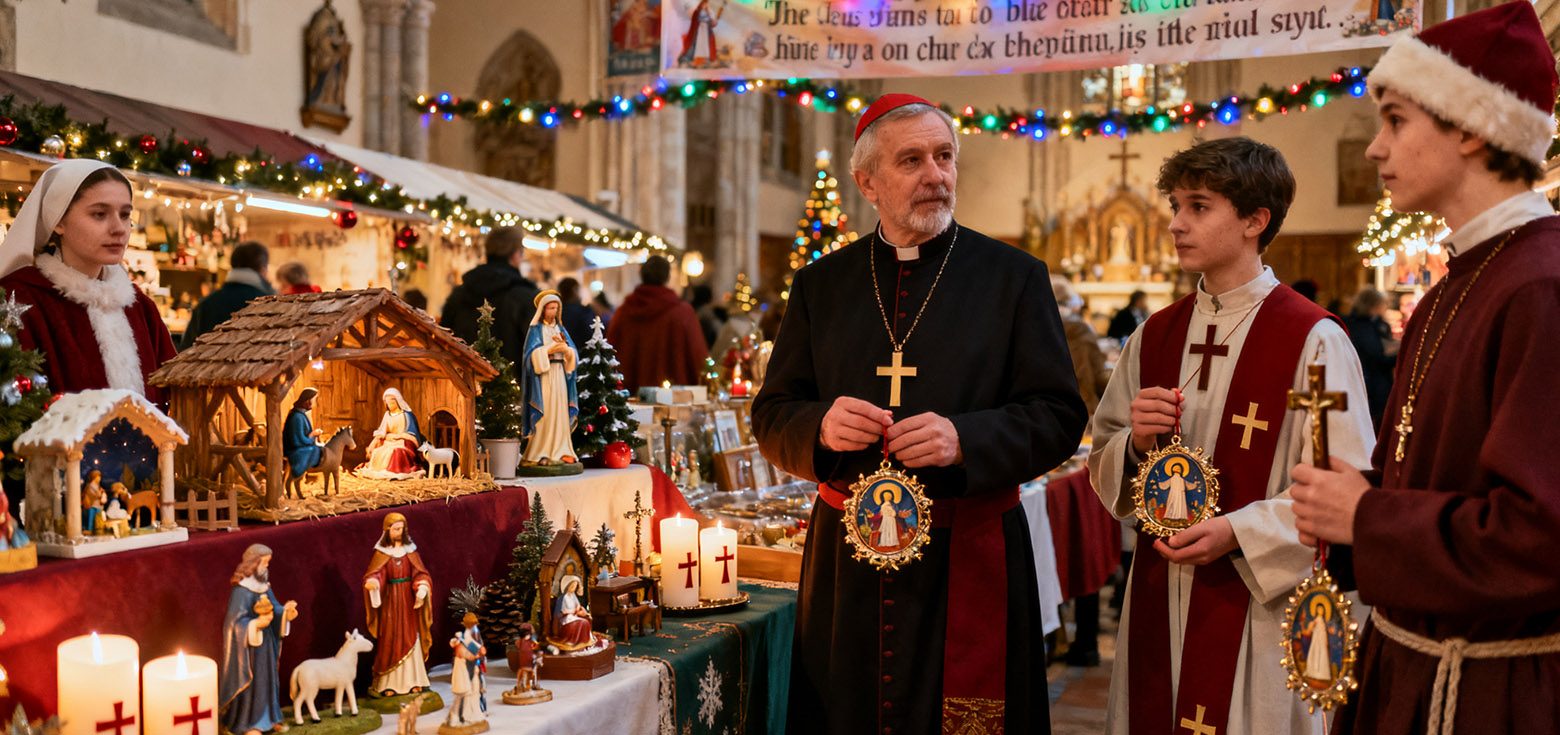
The Decorative Revolution Brought by the Industrial Revolution
The advancement of the Industrial Revolution in the 19th century completely changed how Christmas decorations were produced and disseminated. In 1848, the Illustrated London News published an engraving of Queen Victoria and Prince Albert decorating a Christmas tree at Windsor Castle, sparking a global trend of imitation. Concurrently, glass artisans in Germany developed the technology for the commercial production of Christmas ornament balls, transforming decorations from luxury items to mass consumer goods.
The advent of the electrical age further propelled the innovation of Christmas decorations. In 1882, Edward Johnson, Vice President of the Edison Electric Light Company, first decorated a Christmas tree with 80 handcrafted colored light bulbs, pioneering electric Christmas lighting. In 1923, U.S. President Calvin Coolidge presided over the lighting ceremony for the first National Christmas Tree at the White House, marking the official entry of Christmas lights into the public domain.
The Complete System of Christmas Decorations: Types, Composition, and Symbolism
The Diverse Categories of Christmas Decorations
The types of Christmas decorations are vast, ranging from cozy family living rooms to bustling city streets. In their rich and varied forms, these decorations collectively weave the visual symphony of the holiday season. To comprehend this complex visual language, we first organize it into three core realms: Indoor Decorations, which illuminate intimate private spaces; Outdoor Decorations, which adorn public landscapes; and Lighting Decorations, which permeate all areas and endow the night with soul. Each category encompasses unique design logic and cultural functions.
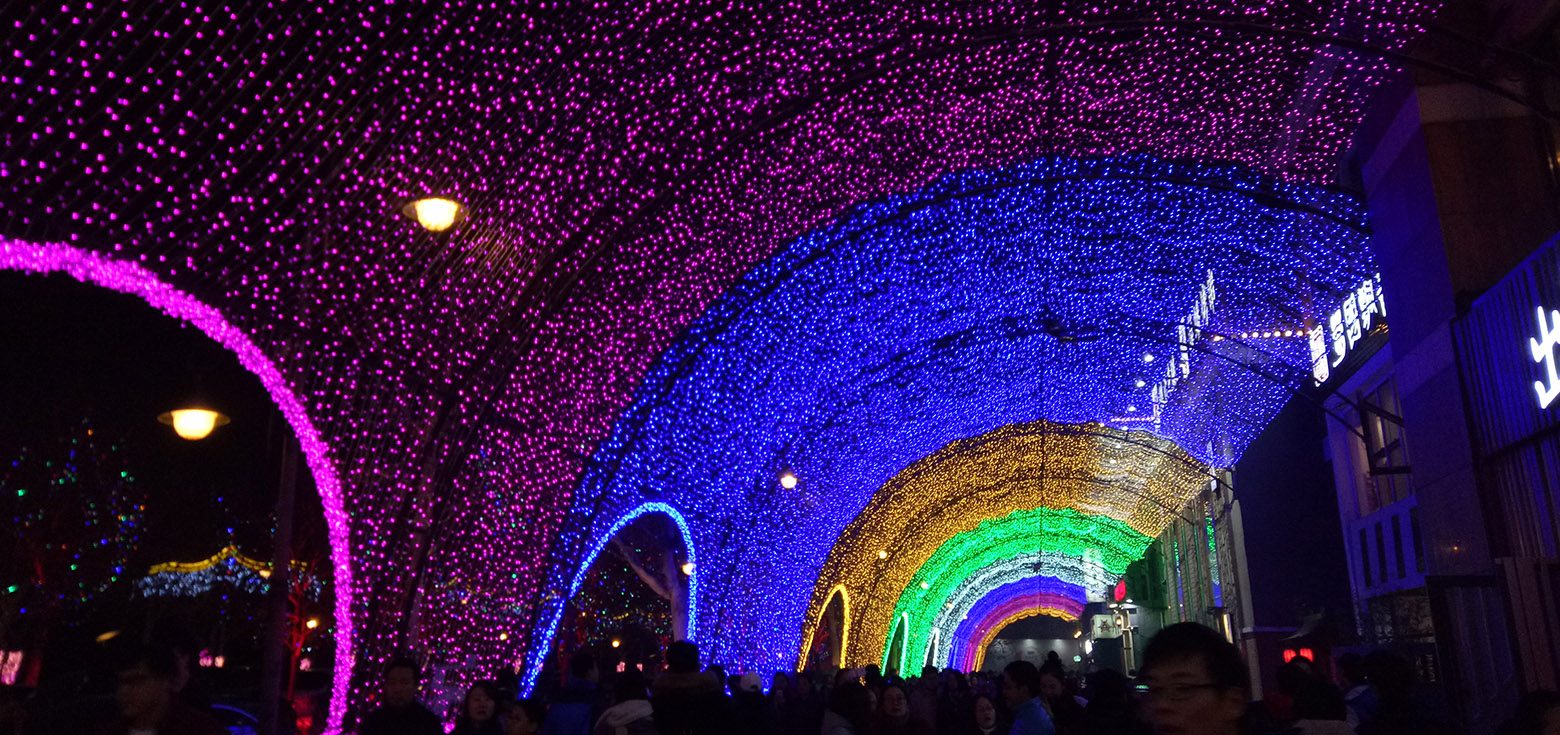
1. Indoor Christmas Decorations:
Christmas Tree Decorations: The absolute centerpiece of the holiday, including the tree itself and all ornaments hung upon it.
Wall and Space Decorations: Includes welcoming Christmas wreaths, stockings meant to hold surprises, and mantel/fireplace decorations.
Tabletop and Display Decorations: Covers centerpieces for dining tables, candelabras, and specialized thematic landscape designs for display windows (or cabinets).
2. Outdoor Christmas Decorations:
Building Exterior Decorations: Concentrated on outlining roofs, doors, and window frames with light strips and decorative elements.
Yard and Landscape Decorations: Includes illuminated sculptures on the lawn, thematic installations like reindeer and sleighs.
Street and Public Decorations: Such as wreaths on lampposts and lights on street trees, collectively creating a community atmosphere.
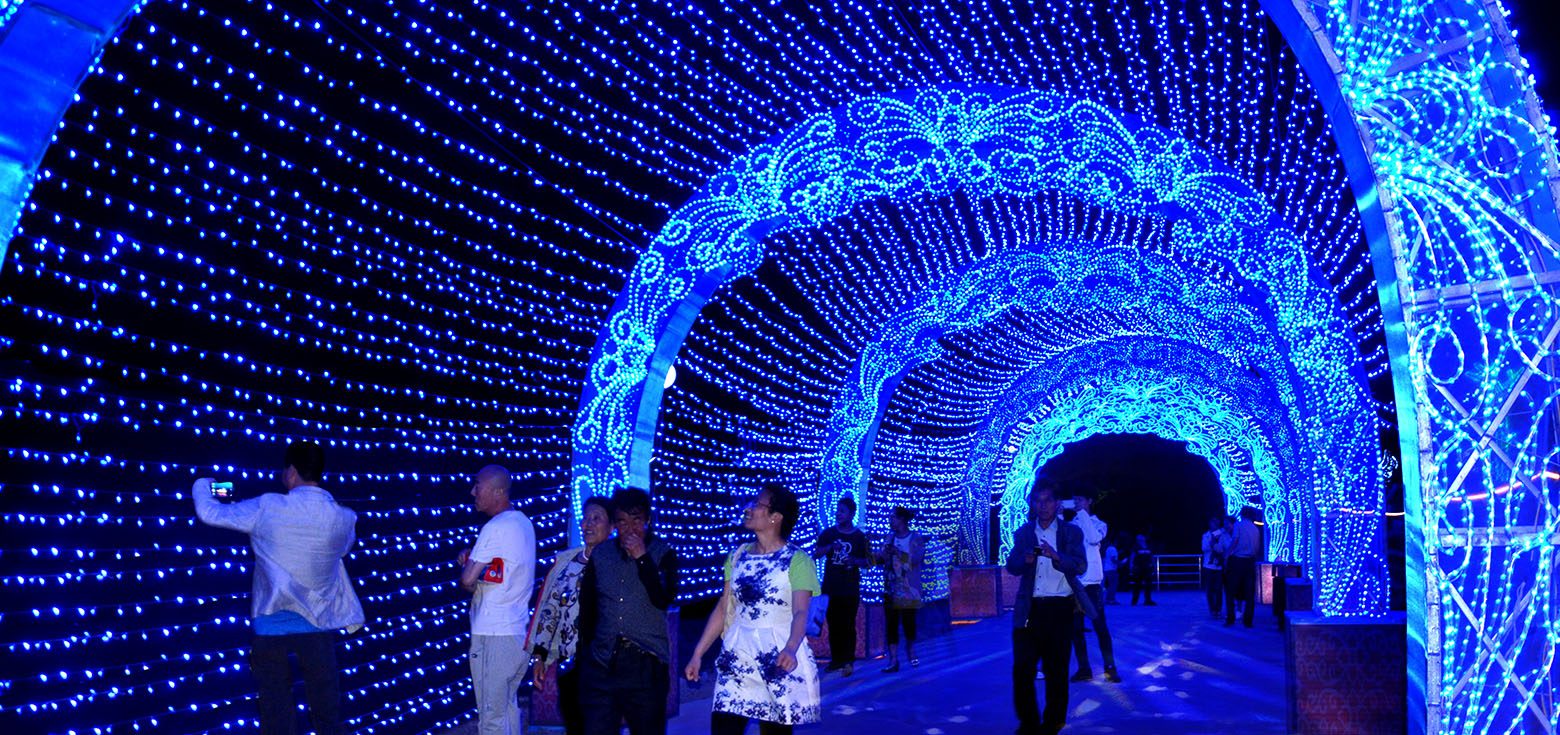
3. Christmas Lighting Decorations:
Basic Ambiance Lighting: Such as string lights and net lights, used to outline contours and establish the fundamental light environment.
Thematic Shaped Lighting: Specific novelty lights like stars, angels, etc., serving as the main visual focal points.
Dynamic Special Effects Lighting: Including architectural projection mapping, laser shows, and intelligently controlled musical light shows.
The Cultural Lineage of Core Decorative Elements
The development history of the Christmas Tree decoration system is a microcosm of technological history. From initially hanging real apples, pastries, and nuts, to the large-scale production of glass ornament balls starting in the Thuringia region of Germany in the mid-19th century, and the introduction of electric lights in the early 20th century in the United States, every point of evolution reflects the technology and social culture of the time. Modern Christmas tree decorations usually include the following layers:
Illumination Layer: Ranging from traditional candles to modern LED light strings, they not only provide lighting but also create richly layered light and shadow effects.
Core Decoration Layer: Including ornament balls, small figurines, candies, etc., with each element carrying a specific symbolic meaning.
Embellishment Layer: Tinsel, ribbons, snowflakes, etc., enhancing the overall visual effect and festive atmosphere.
Tree Topper: Star or angel shape, serving as both a visual focus and signaling the completion of the decoration.
The craftsmanship and symbolic system of the Christmas Wreath are also worth exploring in depth. Traditional wreaths are woven from evergreen plants, and their circular structure symbolizes God’s infinite love and eternity. In modern practice, wreath making has developed into several styles:
Naturalistic Style: Retains the natural form of the plants to the maximum extent, emphasizing rustic beauty.
Structured Style: Creates geometric visual effects through precise control of shaping.
Mixed Media Style: Combines natural and artificial materials, expanding the possibilities of expression.
Thematic Style: Designed around a specific theme, enhancing narrative.
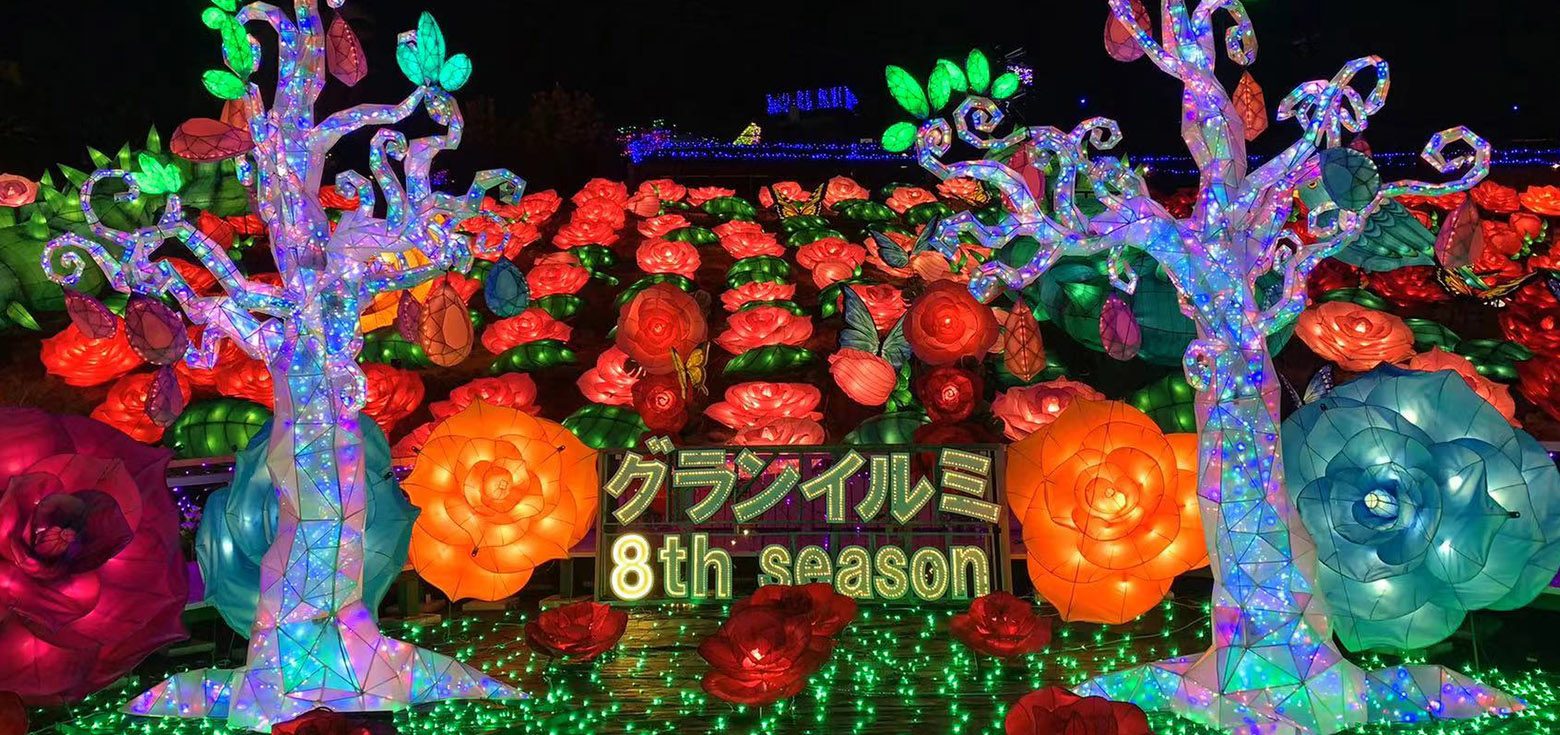
The Symbolic System of Unique Decorative Items
The tradition of the Christmas Stocking stems from the legend of Saint Nicholas. Legend has it that Saint Nicholas once tossed gold coins into the stockings of a poor family, a tradition that continues to this day, symbolizing the joy of giving and receiving. Christmas Candles represent Christ, the “Light of the World,” whose light dispels darkness and brings hope.
A Deeper Interpretation of Color Semiotics
The color system of Christmas decorations is based on profound cultural symbolism. The use of red can be traced back to the Middle Ages, when people used the red berries of holly to decorate their homes, both because of their vibrant red color in winter and because they symbolize the blood of Christ. Green, as a main Christmas color, not only represents the vitality of evergreen plants but also expresses a deeper yearning for the return of spring.
Modern color theory research reveals the psychological effects of these traditional colors: red evokes feelings of joy and warmth, green brings calmness and hope, while gold and silver create a celebratory atmosphere through light reflection. Professional decorators create visual effects that are both traditional and modern through precise color ratios (typically maintaining a red to green ratio of 6:4, with 10% gold and silver for accents).
The Diversified Development Trends of Modern Christmas Decoration
The Natural Evolution from Traditional Decoration to Lighting Art
With the popularization of electricity, lighting gradually became an important component of Christmas decoration. This evolution was not accidental but an inevitable result of the development of decorative art. Initially, electric lights simply replaced candles, ensuring safety while continuing tradition. However, with technological progress, lighting gradually evolved from an auxiliary decoration to an independent form of artistic expression.
This shift became particularly evident in the late 20th century. When traditional static decorations could no longer meet modern people’s expectations for the festive atmosphere, lighting, with its unique expressiveness, began to take on the important role of creating the festive mood. From simple light strings to complex light and shadow installations, and from static illumination to dynamic shows, lighting art opened up brand-new possibilities for Christmas light decoration.
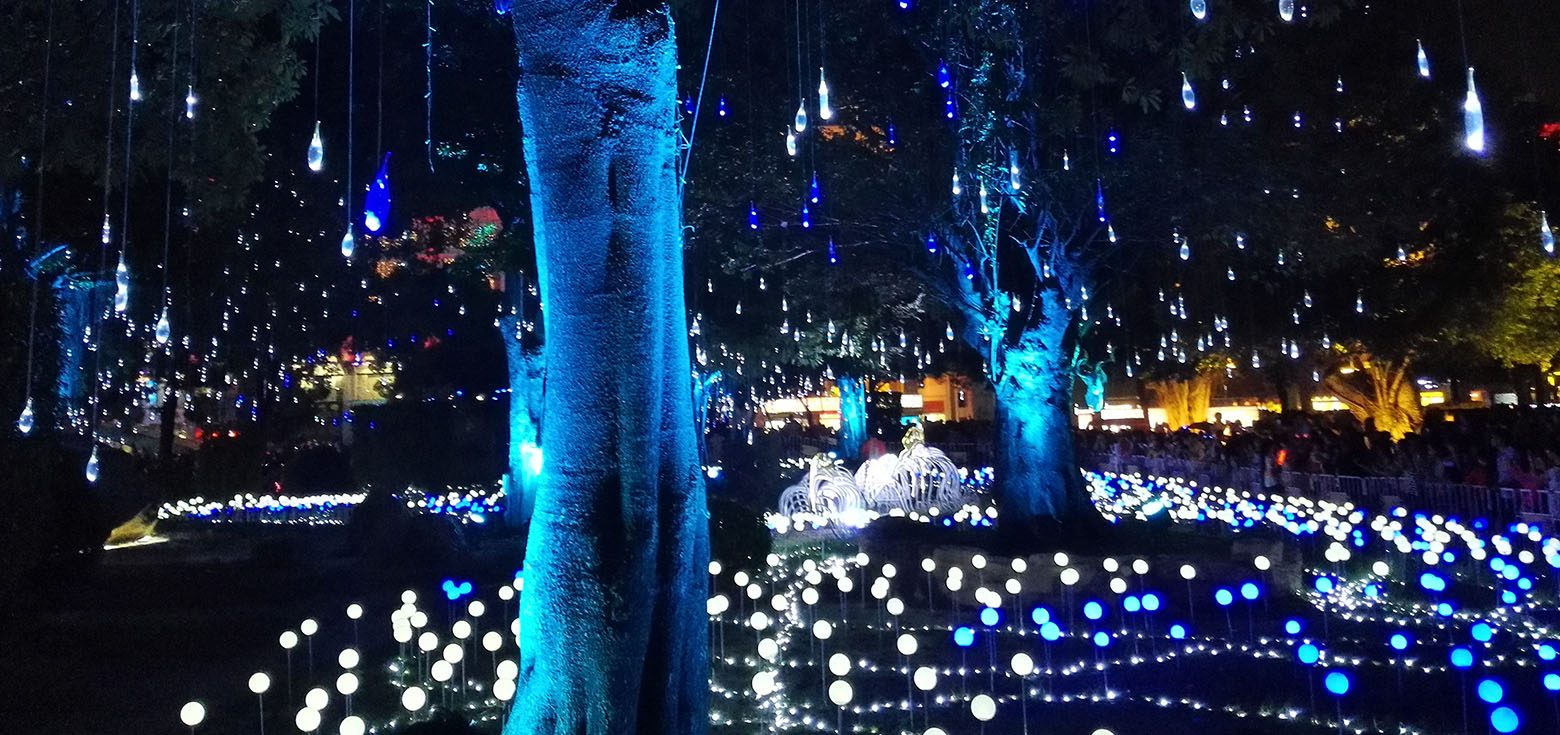
The Green Revolution of Material Innovation
The contemporary Christmas light decoration industry is undergoing a quiet revolution in sustainability. In Denmark, design studios use recycled wood to create decorations, with each piece embodying environmental concepts; Canadian artists use recycled glass to make ornament balls that reflect a unique halo under the light ; and British designers have developed bio-based plastic ornaments that maintain traditional aesthetics while achieving environmental goals.
The Artistic Evolution and Technological Innovation of Christmas Light Shows
From Simple Decoration to Comprehensive Art
Christmas light shows have evolved into an independent art form. The Christmas light switch-on ceremony on Regent Street in London attracts over 500,000 spectators annually, and its meticulously designed angel lights not only illuminate the ancient street but also create a dreamy visual world. The Christmas tree lighting ceremony at New York’s Rockefeller Center is broadcast globally via television, becoming a symbolic event marking the start of the Christmas season.
The success of modern light shows lies in the perfect combination of technology, art, and storytelling. The light show in Martin Place, Sydney, uses precise computer control to turn building facades into dynamic canvases ; the performance at Gardens by the Bay in Singapore cleverly combines natural landscapes with artificial light art ; and the lighting installation at the Capilano Suspension Bridge in Vancouver uses the natural environment to create a unique immersive experience.
The Artistic Expression of Technological Innovation
The artistic possibilities of light shows are constantly expanding with technological progress. Laser projection technology allows architects to create dynamic murals on building facades, intelligent control systems achieve precise synchronization of thousands of lights, and interactive sensing technology allows the audience to become part of the performance. These technological innovations not only enhance visual impact but also deepen the layers of artistic expression.
In material selection, modern light shows are also starting to explore more possibilities. In addition to traditional light strings and projection equipment, some specialized lighting techniques, such as the craftsmanship of Chinese lanterns, are gradually attracting the attention of planning teams due to their ability to create unique light and shadow effects and shaping possibilities. The combination of these traditional crafts and modern technology brings new visual experiences to light shows.
Strategy and Practice of Christmas Decoration in Commercial Spaces
Decoration Marketing in Retail Spaces
Modern commercial Christmas light decoration has developed into an important marketing tool. Harrods in London invests millions of pounds annually in its Christmas windows, and the meticulously designed scenes not only showcase merchandise but also create an immersive storytelling experience. These decorative installations can increase foot traffic by over 30% during the holiday season and significantly extend customer dwell time.
Successful commercial decoration requires balancing multiple factors: conveying brand image, creating a festive atmosphere, optimizing the customer experience, and achieving business goals. Galeries Lafayette in Paris is famous for its dreamy atrium design for Christmas, attracting a large number of visitors specifically for the decoration each year; Macy’s Christmas windows in New York enhance customer engagement and experience through interactive elements.
Atmosphere Creation in Hotel and Catering Spaces
The hotel industry’s Christmas light decoration focuses more on creating a unique atmospheric experience. The Savoy Hotel in London continues the elegant tradition of the Edwardian era with its Christmas decorations, where every detail reflects British aristocratic flair ; the Burj Al Arab in Dubai showcases the unique aesthetics of the Middle East through luxurious gold decorations.
In the selection of decorative materials, hotel operators are increasingly focusing on quality and uniqueness. In addition to traditional decorative elements, some hotels are starting to try integrating craft traditions from different cultures into their decoration design. For example, some international hotel groups’ branches in Asia will consider using unique crafts like Chinese lanterns to create a distinctive festive atmosphere, which both respects local culture and creates a differentiated visual experience.
Safety Tip: For any large-scale festive lighting project, whether it is for commercial real estate or urban public spaces, safety and durability are the prerequisites for artistic effect. Successful project planning needs to go beyond aesthetic design to deeply understand lighting technical specifications and international certification standards across different environments.
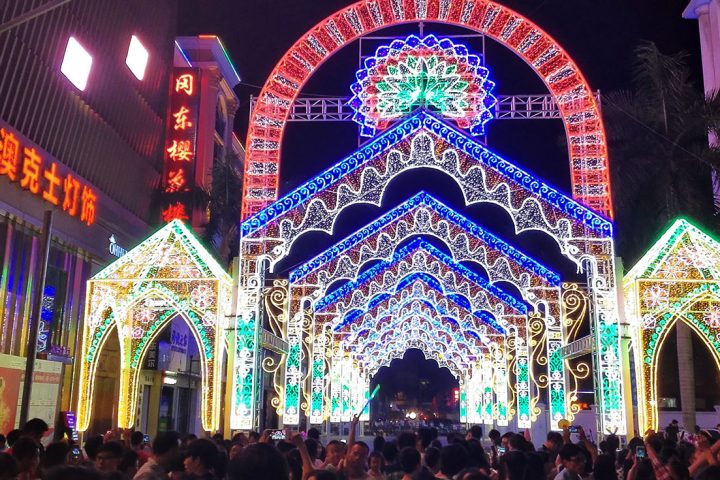
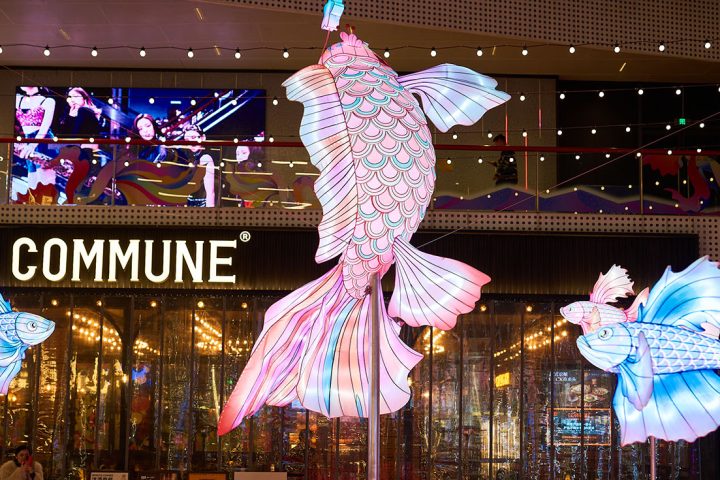
Indoor/Outdoor Christmas Decor Safety & Compliance Standards:
Parameter Category | Outdoor Projects | Indoor Projects | Planner Focus |
1. IP Rating (Ingress Protection) | Core requirement IP65 (dust-tight, water jet proof) up to IP68 (submersible) | IP20(dry environments); IP44 and above for wet areas (e.g., near water features) | Ensures water/dust resistance, guaranteeing system stability and safety. |
2. Low Voltage Safety | 24V or 36V low-voltage systems | 120V/240V (standard mains); Low-Voltage LED Drivers for custom fixtures | Minimizes electrocution risk during installation and use, complying with public safety codes. |
3. Fire/Flame Retardancy | Decorative materials (e.g., lantern silk) must have Flame Retardant properties | All fabrics, foam, and materials must comply with local Fire Rating standards (e.g., B1, NFPA 701) | Primary safety standard for commercial and public space installations. |
4. Structural Safety | Mandatory Structural Calculation Report to verify Wind Load Resistance | Focus on the Load-Bearing Capacity and Suspension Point Safety for large hanging items | Ensures stability of large light sculptures and installations to prevent accidents. |
5. Smart Control | Must support DMX / DALI protocols for dynamic light shows | Must support DMX / DALI protocols for complex scene and color changing | Enables light scene programming, precise synchronization, and remote control. |
6. Material Durability | Must have UV Stable (anti-UV) and Temperature Resistance features | Focuses on material Odor, Fading, and Reusability | Extends the service life of decorations and reduces maintenance/replacement costs. |
7. Electrical Certification | Must pass UL, CE, CCC, etc. certifications for the target market | Must pass UL, CE, CCC, EMC, etc. safety and compatibility certifications | Ensures product compliance, avoiding legal issues and customs delays in the target region. |
Christmas Decoration in Public Spaces and City Image
The Festive Transformation of City Landmarks
City landmarks around the world undergo special decorative designs during the Christmas season. The Christmas lighting on the Champs-Élysées in Paris is known for its elegant simplicity, with the entire 2.2-kilometer avenue illuminated by hundreds of thousands of LED lights, creating a charming “Avenue of Stars” effect. The Christmas market in Berlin’s Gendarmenmarkt retains a strong historical atmosphere, with all decorations strictly vetted by a committee of historians.
These urban decorations not only beautify public spaces but also serve as an important showcase for the city’s image. The Christmas light decorations at Vienna’s Rathausplatz are known for their classical elegance, the modern design of Sydney’s Martin Place showcases Australian innovation, and the tropical Christmas in Singapore’s Orchard Road reflects unique regional characteristics.
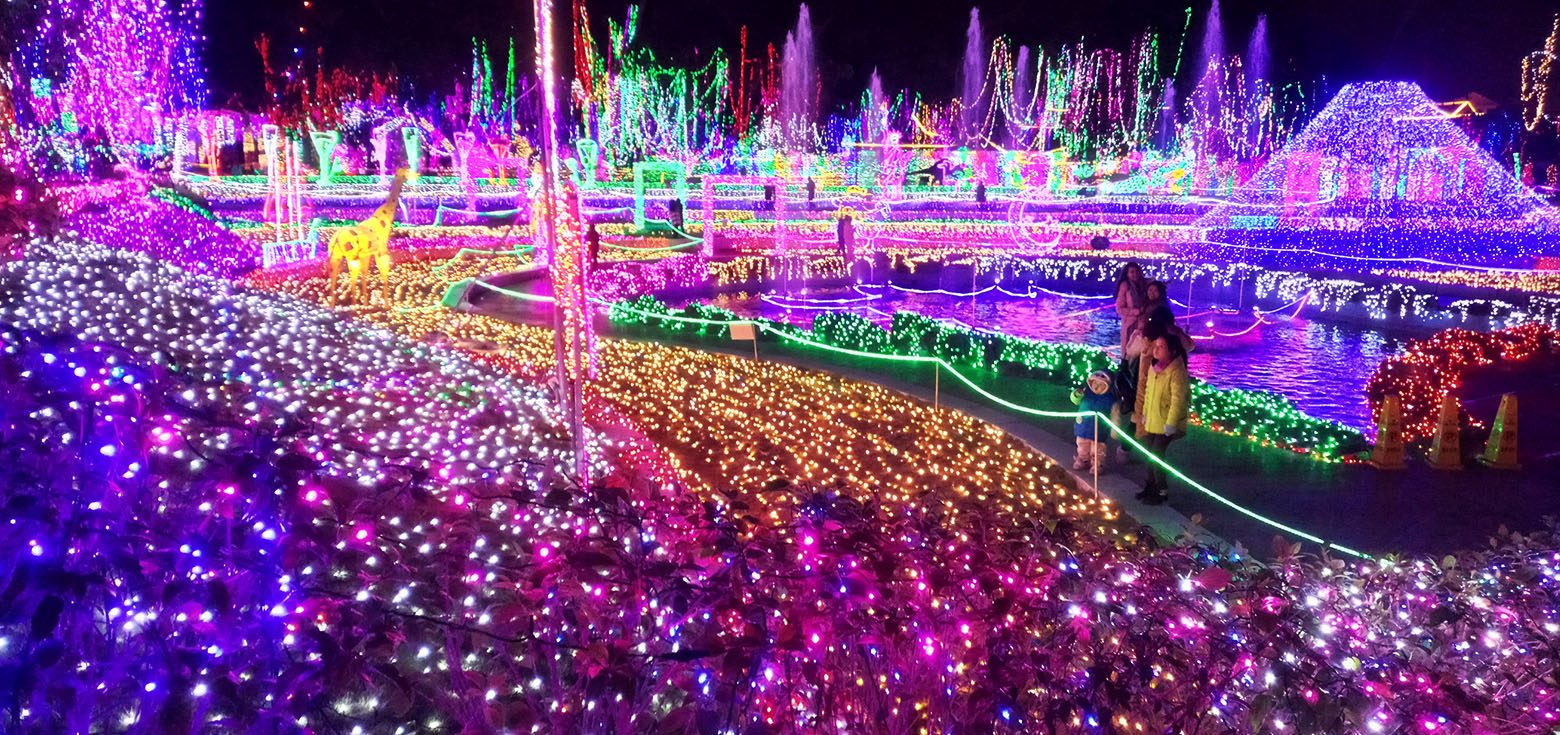
The Decorative Culture of Community Participation
Christmas decorations at the community level emphasize resident participation and interaction. The “Peacock Lane” neighborhood in Portland, USA, has maintained a tradition of spontaneous resident decoration since the 1920s and has now become an important local tourist attraction. On Royal Crescent in Bath, UK, residents create a stunning overall effect through coordinated decoration design.
In these community decoration practices, various innovative decorative solutions continue to emerge. In addition to traditional lights and wreaths, residents are also starting to experiment with different decoration crafts and materials. Some communities even organize handmade ornament workshops, inviting residents from different cultural backgrounds to share their respective decoration traditions, and this cultural exchange brings new inspiration to community decoration.
Innovative Choices from a Global Perspective
The Decorative Art of Cultural Fusion
In the context of globalization, Christmas decoration shows a more diversified development trend. Decorative elements from different cultures inspire each other through exchange, and traditional crafts and modern design advance together through dialogue. This cultural fusion provides more innovative options for the design of Christmas decorations and light shows.
This cultural fusion is particularly evident in the Asian region. The Christmas decorations on Omotesando in Tokyo perfectly blend modern design with traditional craft aesthetics ; the festive arrangement at Singapore’s Marina Bay cleverly combines tropical elements with Christmas symbols. It is noteworthy that in these innovative practices, the Chinese lantern craft provides new creative options for Christmas lighting decoration due to its unique aesthetic value and technical characteristics.
The Modern Application of Traditional Craft
The Chinese lantern craft boasts a history of a thousand years, and its exquisite production techniques and unique aesthetic style are demonstrating new vitality in modern Christmas lighting decoration. Traditional silk frame molding technology can achieve complex three-dimensional shapes, delicate hand-pasting craftsmanship creates a soft translucent effect, and the rich use of materials provides more possibilities for decorative design.
In recent years’ international Christmas lighting decoration projects, Chinese lantern craft has gradually gained recognition. Its unique handmade quality meets modern consumers’ demand for personalized decoration, sustainable material choices align with contemporary environmental concepts, and flexible production techniques can adapt to the decoration requirements of different settings:
Environmental Advantage: The silk and steel materials used in Chinese lanterns possess higher recyclability, aligning with the ESG (Environmental, Social, and Governance) requirements of global commercial clients.
Customization Advantage: Traditional light strings have long lead times and limited flexibility for customization. In contrast, our lantern craftsmanship allows us to elevate the shape fidelity of customized themes to over 90%.
About Us: ForestPaintingLantern's Innovative Services
A Modern Interpretation of Traditional Craft
ForestPaintingLantern is rooted in Zigong, the “China Light City”, upholding the millennium-old lantern-making tradition while dedicated to combining this ancient craft with modern festive decoration needs. We deeply understand the cultural connotation and modern value of Christmas light decoration. Through innovative design thinking, we integrate the Chinese lantern craft into the Christmas light decoration system, providing unique decorative solutions for global clients.
Our professional team is proficient in both traditional lantern-making techniques and modern decorative design concepts. From initial concept design and mid-stage craft production to final on-site installation, we are able to provide clients with a complete Christmas lighting decoration service. Whether for traditional Christmas tree decoration or modern light show design, we can create memorable visual experiences through a unique crafting perspective.
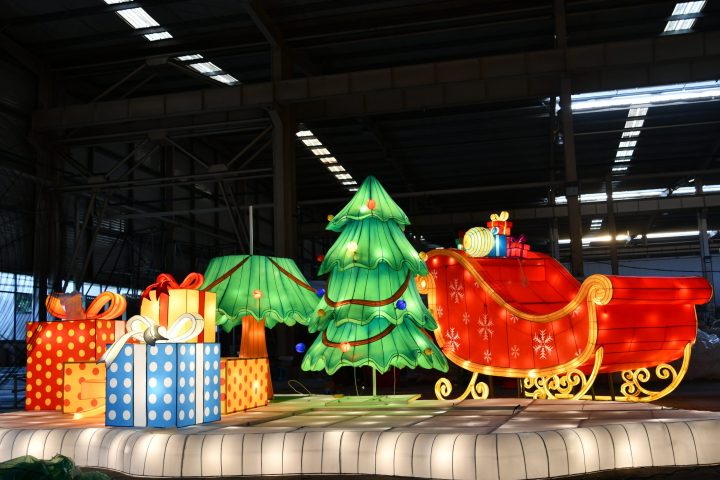
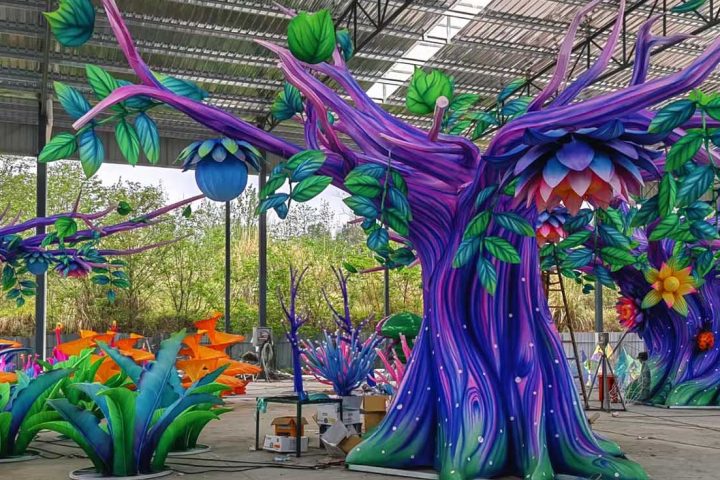
The Core Value of Innovative Services
In the field of Christmas lighting decoration, we offer the following professional services:
Customized Decoration Design: Based on traditional lantern craft, we provide personalized Christmas lighting decoration design solutions for clients. Whether it is the overall decoration planning for a commercial space or the focus decoration design for a specific area, we can realize the client’s design vision through unique technical means.
Light Show Planning and Execution: We combine traditional lighting art with modern technology to create unique Christmas light shows for clients. Through meticulous program design, precise technical control, and professional on-site execution, we are capable of creating stunning visual feasts.
Cultural Fusion and Innovation: We are particularly skilled at integrating different cultural elements into Christmas decoration design. Through the unique perspective of Chinese lantern craft, we inject new cultural connotations into traditional Christmas decorations, offering professional solutions for integrating Eastern lantern art into Western holiday themes, creating visual experiences that are both familiar and novel.
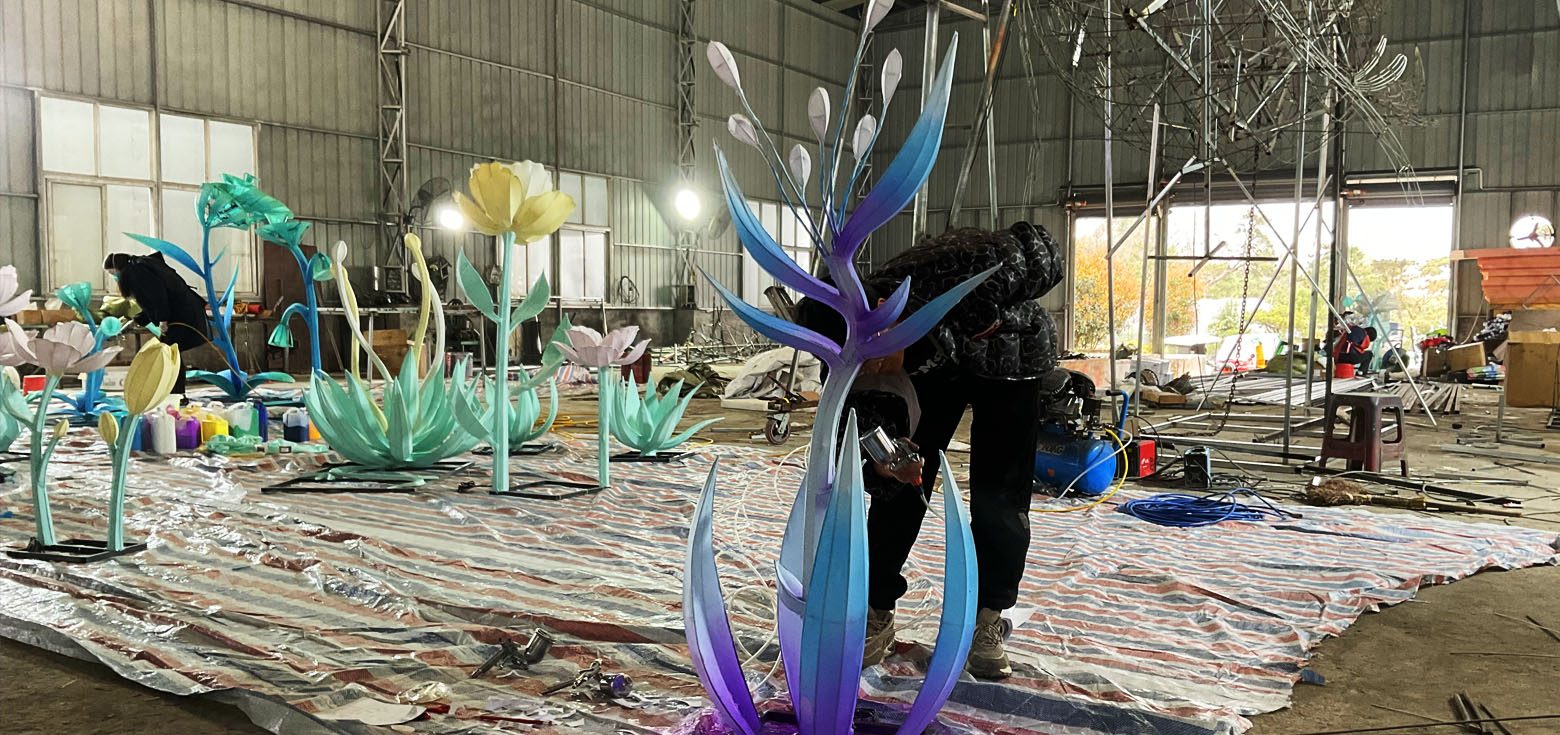
Practical Wisdom from Successful Projects
Gardens by the Bay Christmas Celebration Project, Singapore
In this project, we successfully implemented several technological innovations:
Developed tropical-climate-specific waterproof lighting fixtures, extending service life by 3 times.
Designed a modular installation system, reducing setup time by 60%.
Created interactive lighting installations, boosting visitor engagement by 85%.
Implemented an energy self-sufficient system, lowering operational costs by 40%.
London Department Store Christmas Window Project
We demonstrated the wisdom of cultural fusion in this project:
Perfectly integrated Eastern silk craftsmanship with traditional British elements.
Utilized a smart dimming system to achieve 50% energy savings.
Created reusable decorative structures.
Developed Augmented Reality (AR) experience features.
Our works are spread globally, from commercial centers in Asia to public spaces in Europe and the Americas, and each project is our exploration and practice of the modern transformation of traditional craft. We believe that through continuous innovation and cultural dialogue, we can bring new vitality and charm to the ancient tradition of Christmas decoration.
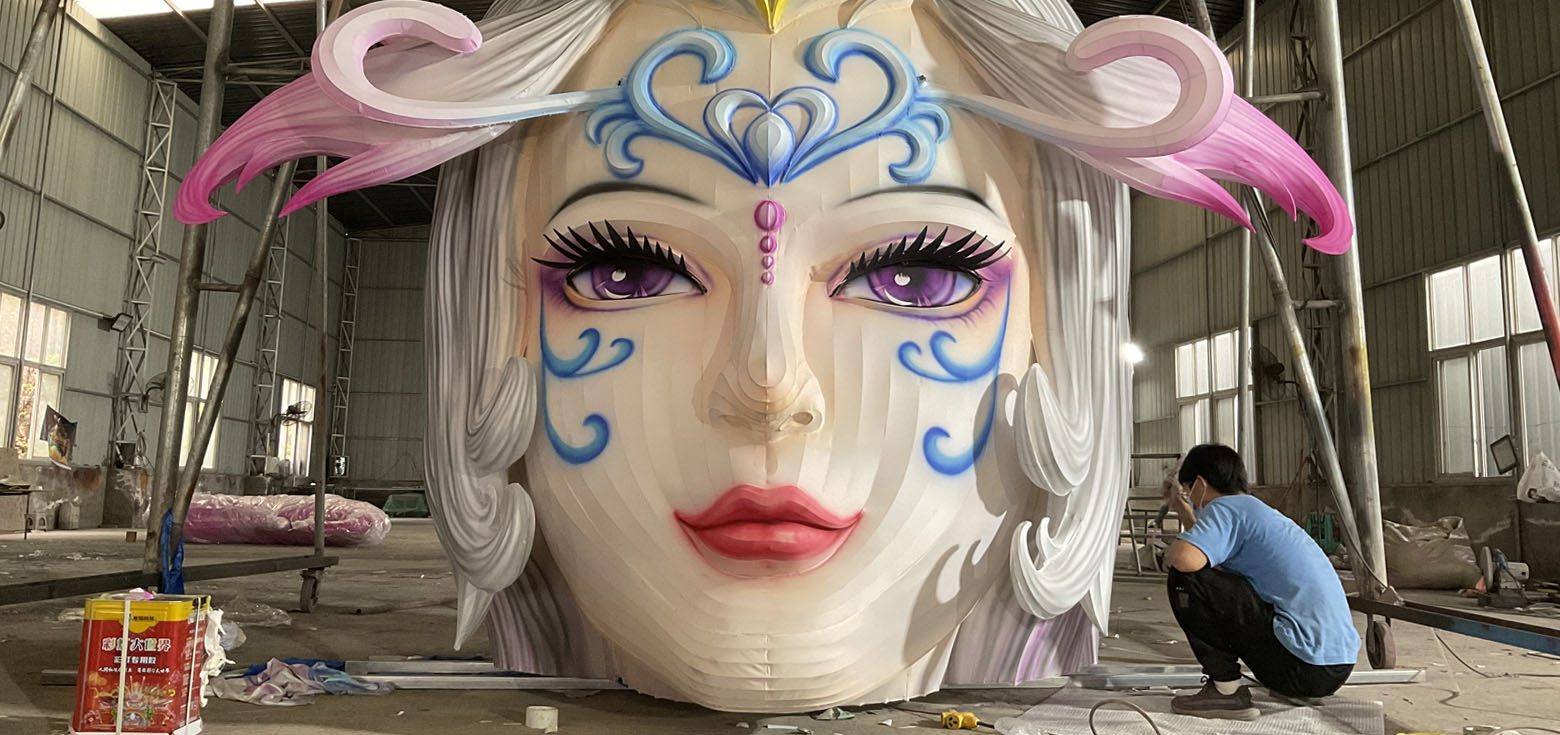
Future Trends and Innovation Outlook
The Deepening Development of Technological Fusion
Smart materials will bring revolutionary changes to Christmas decoration. Thermochromic coatings can change color according to ambient temperature, photoluminescent materials can autonomously glow in the dark, and self-healing materials can extend the lifespan of decorations. These innovations not only enhance the functionality of the decorations but also expand the dimensions of artistic expression.
The Continuous Deepening of Cultural Dialogue
With the deepening of global cultural exchange, Christmas decoration will continue to absorb nourishment from different cultures. Traditional craft wisdom and modern design concepts will engage in deep dialogue, and local characteristic elements and global aesthetic trends will inspire each other. In this context, all decorative crafts with cultural characteristics will gain new development space.
Successful Christmas decorations in the future will be those designs that skillfully balance tradition and modernity, local and global, aesthetics and function. They must not only meet visual aesthetic needs but also respond to modern people’s deep desire for cultural identity and emotional belonging, injecting new contemporary connotations into this ancient festival.
In this era of diverse cultural fusion, the artistic possibilities of Christmas decoration are limitless. Whether it is the continuation of Western tradition or the innovative application of Eastern craft, they are collectively enriching the expression forms of this millennium-old tradition, bringing a more colorful festive experience to global audiences.
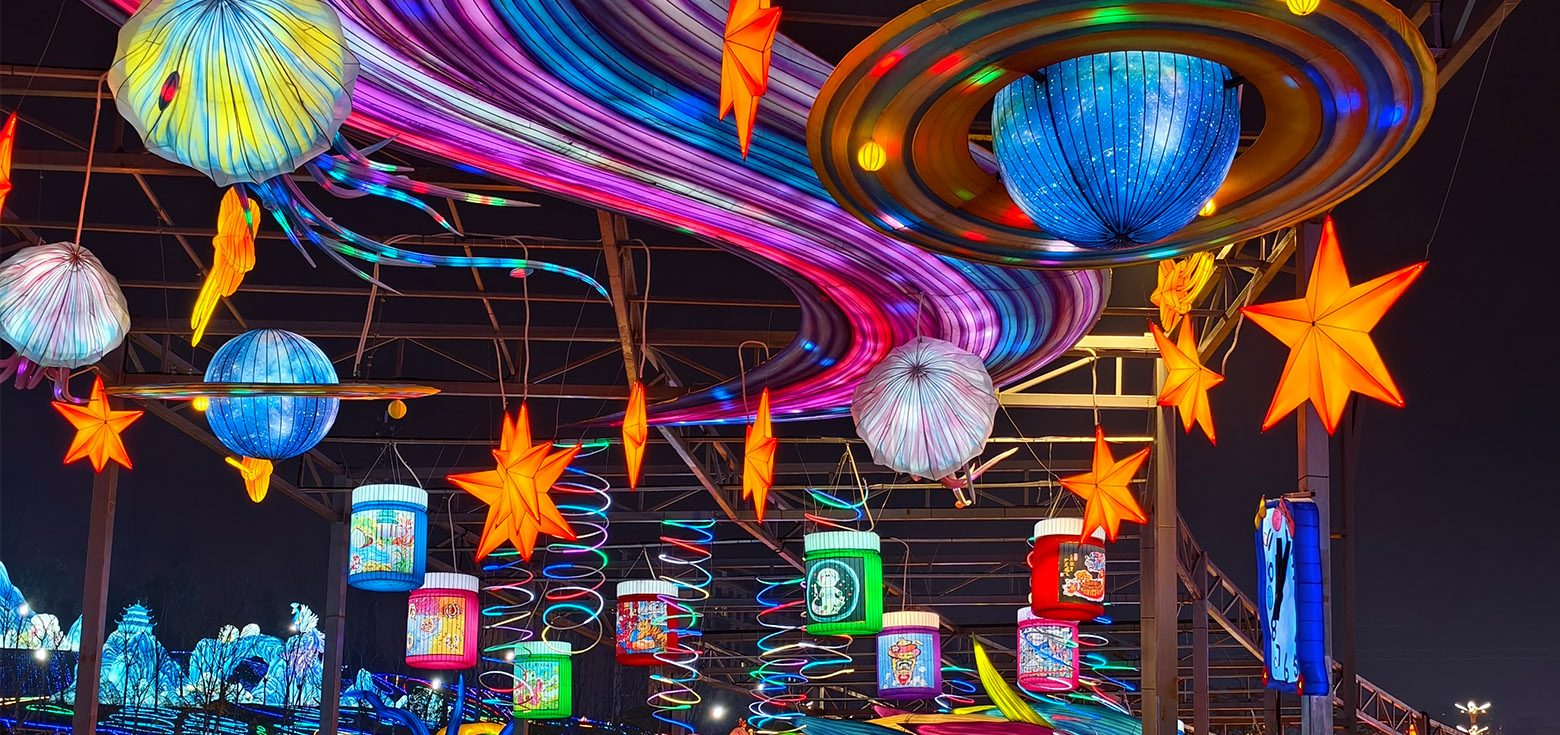
Conclusion: Connecting the World with Decorative Art
The essence of Christmas decoration extends far beyond the scope of visual embellishment. When we trace its millennium-long evolution, observe its contemporary innovative practices, and look forward to its future development prospects, we see a history of humanity using creativity to light up the darkness and aesthetics to express hope.
In this era of globalization, Christmas lighting decoration has become a bridge connecting different cultures. Whether it is the traditional Western Christmas tree or the Eastern lantern craft, they are engaging in dialogue, fusion, and innovation on this platform. As professional practitioners in this field, ForestPaintingLantern deeply believes that the best decorations are those that can touch people’s hearts—they not only beautify spaces but also warm the soul; they not only inherit culture but also inspire innovation.
Looking ahead, with technological progress and the deepening of global cultural exchange, Christmas lighting decoration will continue to evolve into new forms, integrate more diverse elements, and showcase richer connotations. But regardless of how the form changes, its core value remains the same: using beauty to connect people, using light to warm hearts, and using creative expression to inherit humanity’s shared emotions and hope.
This, perhaps, is the deepest source of the eternal charm of Christmas decoration, and it is also the ultimate goal that we, as practitioners in the lantern industry, relentlessly pursue. Let us work together to forge beauty with craftsmanship, light up the future with innovation, and jointly write a new chapter in the art of Christmas decoration.
Christmas Decorations and Festival Light Show Planning FAQs
Have more questions? Feel free to contact us.
What is the design and customization process for a large-scale commercial or city square Christmas light show?
The customization process for a large-scale commercial light show typically involves:
- Concept & Requirement Alignment (defining theme, budget, and site);
- Creative Design & Preliminary Proposal (submitting 3D renderings, storyboards);
- Detailed Design & Engineering Drawings (specifying light types, structural safety);
- Manufacturing & Quality Control (factory custom production);
- On-site Installation & Debugging (setup, wiring, light programming);
- Maintenance & Dismantling (providing show-period support and post-event removal).
What are the main differences and advantages of custom Chinese Lanterns compared to traditional Western Christmas lights?
Difference: Traditional Western lights mainly use small string lights and standard motifs; Chinese Lanterns are three-dimensional art pieces combining silk-frame sculpting, multi-color fabric covering (silk or specialty cloth), and internal light sources.
Advantage: Strong artistic appeal, allows for 100% custom shaping, rich cultural context, and is ideal for large-scale outdoor displays in parks or scenic areas requiring a spectacular effect.
How can energy efficiency and sustainability be maximized when planning an outdoor Christmas light show?
Maximizing energy efficiency and sustainability involves: Using high-quality commercial-grade LED fixtures (saving over 80% energy); employing DMX/Art-Net intelligent control systems for precise timing and brightness management; utilizing reusable frames and materials to reduce annual replacement; and optimizing packaging and logistics to minimize the carbon footprint.
What is the ideal planning timeline for commercial clients hosting a large Christmas light show event for the first time?
A successful large-scale light show requires ample preparation, with the suggested timeline being: 6-8 months prior (concept finalization, design contract); 4-6 months prior (custom manufacturing, technical programming); 2-3 months prior (international logistics, site preparation); 4-8 weeks prior (on-site installation, debugging, and stress testing).
Besides traditional Christmas trees, what are some creative themed light installations used in commercial light show planning?
Creative installations commonly used in large commercial “Christmas Light Show” planning to attract visitors include: Immersive Light Tunnels (for visitor interaction and photos); Giant Custom Lantern Sculptures (over ten meters tall, like large gingerbread men or castles); Interactive Floor Projections (motion-sensing snowflakes or holiday animations); and Water Screen Light Shows (combining lasers and projection over water bodies).
How can the art of Chinese Lanterns be integrated with Christmas elements to achieve a fusion of Eastern and Western holiday cultures?
Chinese Lantern art achieves cultural fusion through innovative sculpting (creating Western icons like reindeer, snowmen, and Santa using the silk-frame craft), material enhancement (using modern RGB LED sources and DMX control system for dynamic flow, while retaining the classical silk look), and theme creation (blending traditional Chinese elements like auspicious clouds and palace lanterns with Christmas red, green, and gold palettes to stage a unique global “Festival of Lights”).





